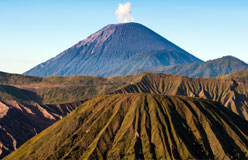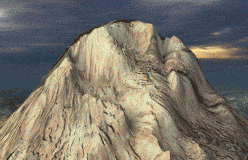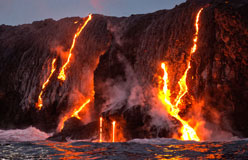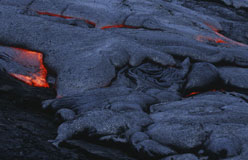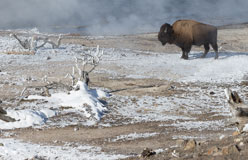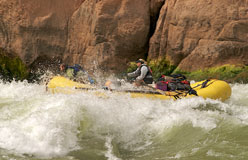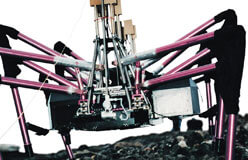Volcanoes exist because the surface of our Earth is in constant motion.
The Earth’s outer layer is divided into plates, like a jigsaw puzzle. These plates are generally about 50 miles thick and float like rafts on a softer layer of rock. As the plates float, they bump together or pull apart. When plates collide, one plate dives under the other in a process called subduction. When a plate sinks deep enough, the rock melts and makes new magma for volcanoes. When plates pull apart, magma comes to the surface. This is called a rift zone. The lava that erupts builds broad plains and volcanic mountains.
Other volcanoes occur in the middle of plates, over places in the mantle where the magma is superhot, as if someone has turned up the gas burner on a stove. As a plate moves over a hotspot, the magma melts through it.
One of America’s most active volcanoes is Mount St. Helens, in Washington State, and another is Kilauea, in Hawaii.
